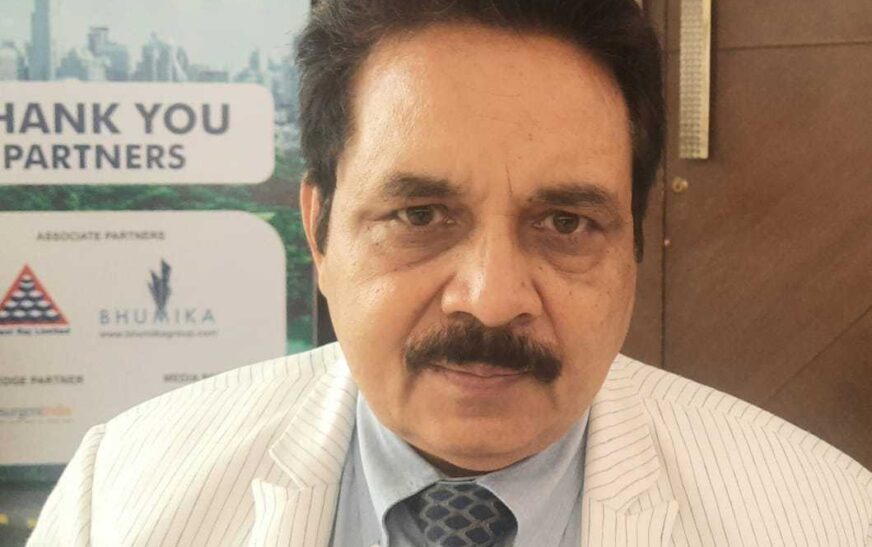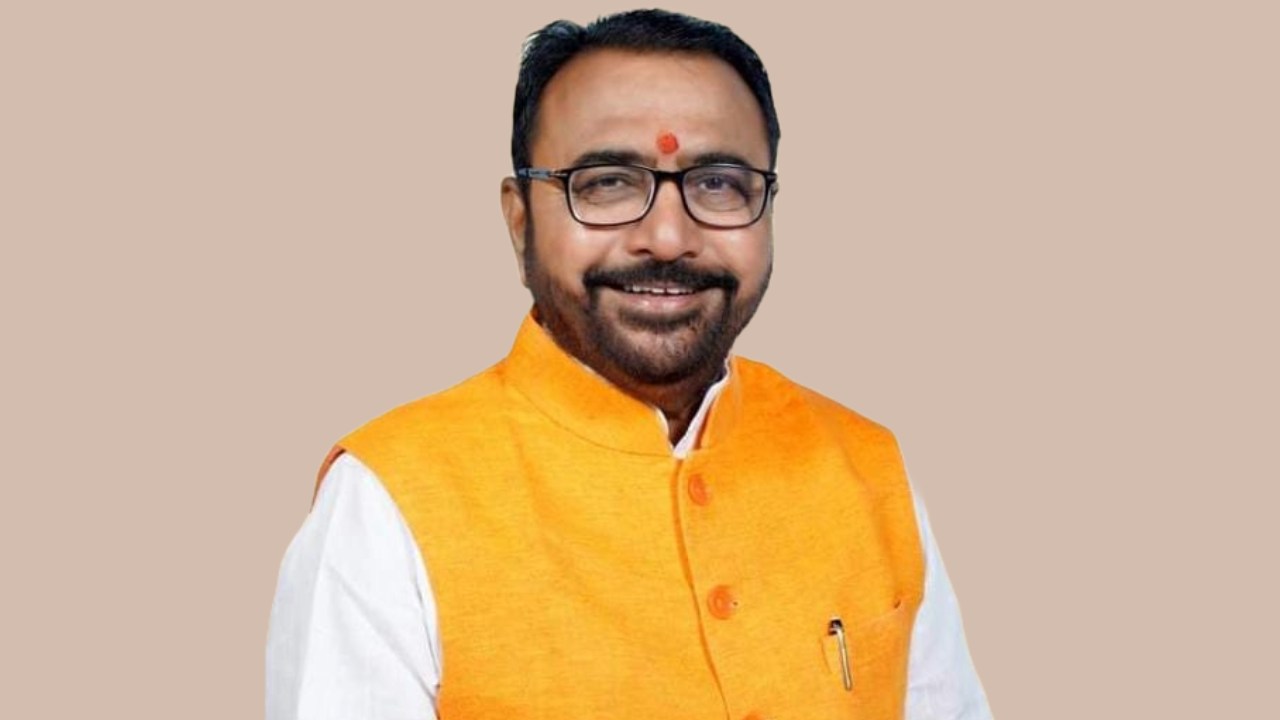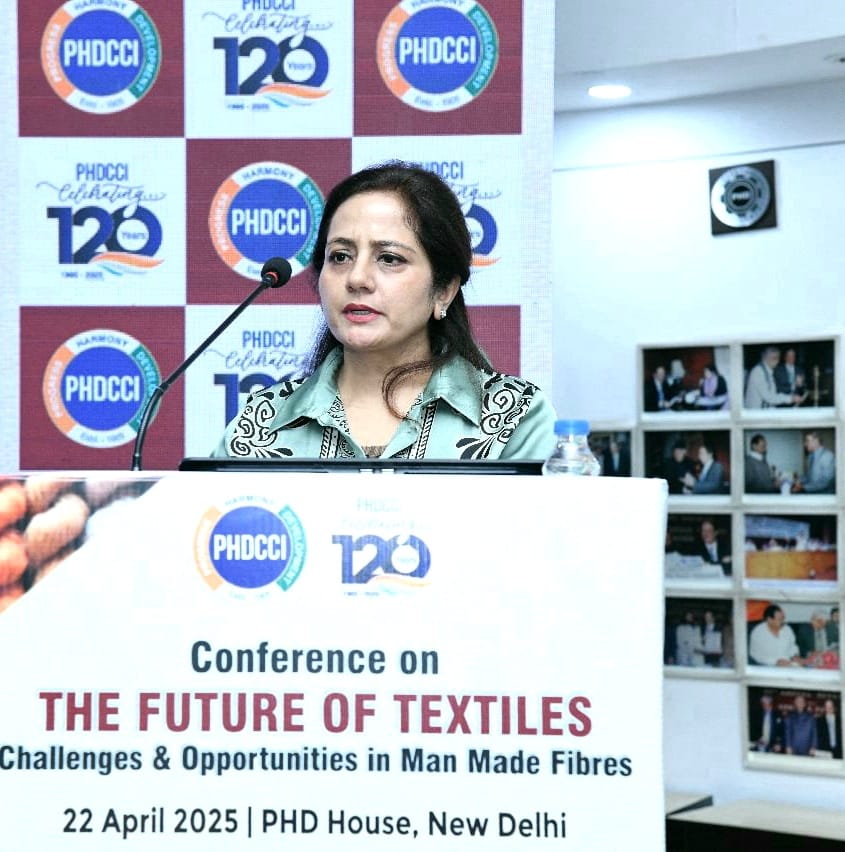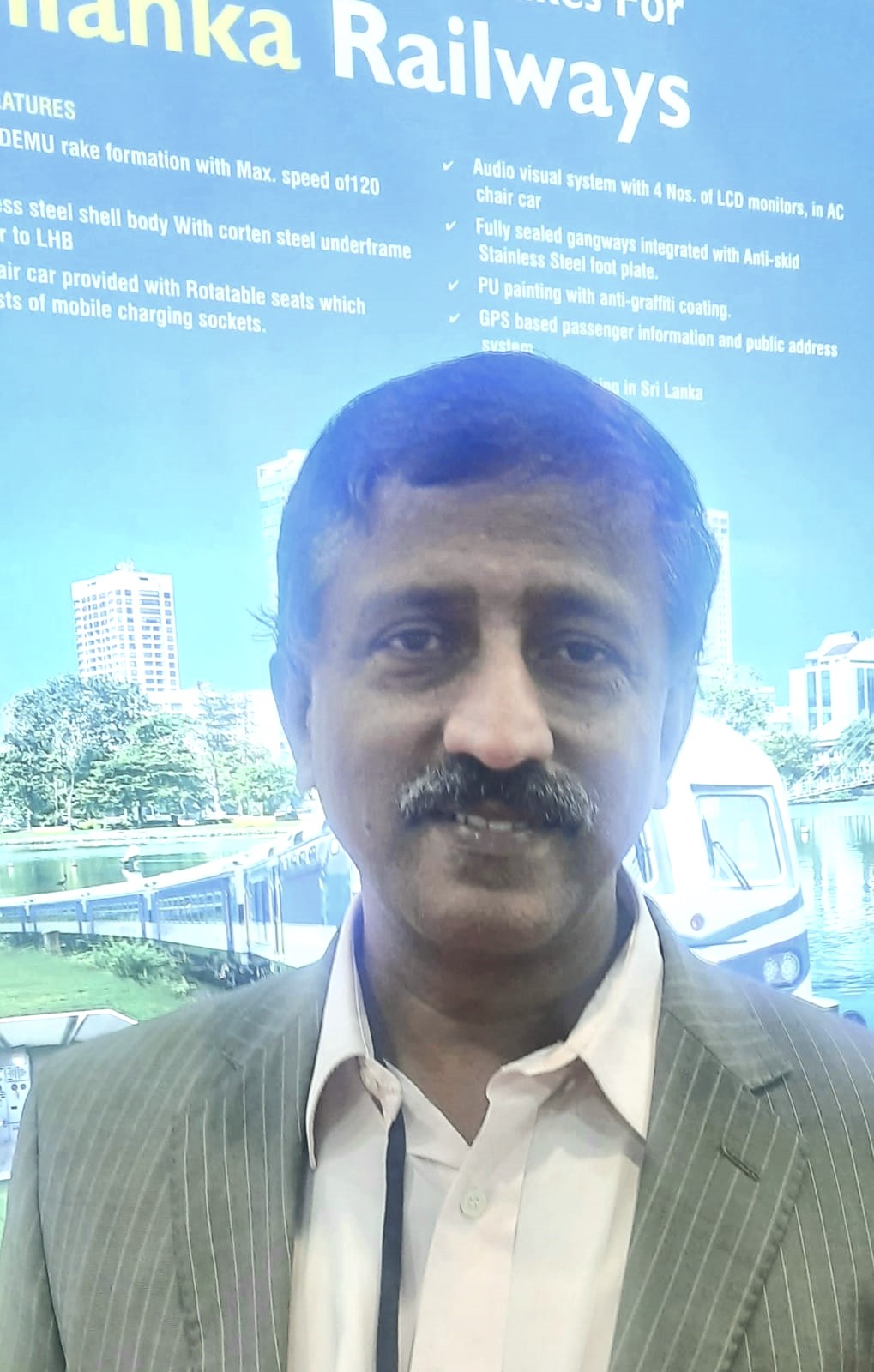The ITS India Forum, a non-profit organization, spearheads the advancement and deployment of intelligent transportation systems (ITS) in India. Its mission is to create a more efficient, safe, and sustainable transportation system through the strategic use of ITS technology.
The forum brings together transportation professionals, academics, researchers, and industry leaders dedicated to advancing ITS in India. It actively collaborates with government agencies, private organizations, and international bodies to promote the implementation of innovative ITS technologies and solutions.
Key activities of the ITS India Forum include organizing conferences, seminars, and workshops, conducting research and development projects, and providing training and educational programs on ITS. Additionally, the forum offers a platform for members to exchange experiences, ideas, and best practices in the field of ITS.
Committed to driving the adoption of ITS in India, the forum aims to make the nation’s transportation systems smarter, safer, and more sustainable.
In an exclusive conversation with The Interview World, Dr. Shiv Kumar, Director General of ITS India Forum, highlights the key factors contributing to the hazardous nature of Indian roads. He provides insights into the reasons behind frequent accidents, emphasizes the role of disruptive technologies in road safety, and underscores the economic loss due to accidents. Here are the key takeaways from his enlightening interview.
Q: Despite numerous initiatives and policies aimed at enhancing road safety, our roads remain hazardous for users. In your view, what are the key factors contributing to this ongoing issue, and what additional measures could be implemented to effectively address it?
A: You are absolutely right that the government is investing significantly in public safety and infrastructure development, encompassing roads, railways, and shipping. However, the overall comprehensive strategy remains fragmented. Different departments are developing various mechanisms and policies independently, leading to a lack of integration and cohesion in the overall approach.
Recognizing this issue, the NITI Aayog has recently taken a significant initiative by introducing an integrated policy that mandates all departments to align their efforts and work cohesively. This move is a step in the right direction but requires a fundamental shift in mindset and extensive education to be truly effective. In Hindi, there is a saying that people respond to strict measures, but relying solely on punitive actions is not universally effective. Alongside punishment, implementing a robust reward system is crucial to incentivize compliance and positive behavior.
Driver awareness is another critical aspect that needs urgent attention. During traffic jams, drivers often exacerbate the situation by blocking oncoming lanes, illustrating a lack of awareness and discipline. The increasing number of vehicles on the road highlights the inadequacy of public transportation infrastructure. Many people own multiple cars because public transport is either unavailable or highly congested. Consequently, those who can afford it prefer private vehicles due to the inconvenience and discomfort associated with public options.
To address these challenges, a holistic approach is essential. Improving public transport infrastructure, enhancing driver education, and fostering a culture of compliance through both punitive and rewarding measures are vital steps. By integrating policies across departments and prioritizing public awareness and education, the government can create a safer, more efficient, and sustainable transportation ecosystem.
Q: What are the primary factors contributing to road accidents?
A: Accidents primarily occur due to poor road conditions or careless driving. Many drivers use mobile phones while driving, and commercial vehicle operators often work for 15 to 16 hours continuously. This exhaustion leads to drivers falling asleep at the wheel, causing numerous accidents.
To address this, intelligent devices can be installed to monitor driver alertness. These devices can detect when a driver is drowsy and issue immediate alerts, enhancing safety.
Moreover, knowing they are being monitored makes drivers more cautious. Implementing this technology ensures drivers maintain good driving habits. Consequently, those who drive safely should receive rewards. This could include lower insurance premiums or other incentives to encourage responsible driving.
Q: What disruptive technologies is your organization implementing to enhance road infrastructure and improve urban commutability?
A: ITS India Forum is a dynamic think tank at the forefront of leveraging cutting-edge technologies to revolutionize Intelligent Transport Systems (ITS) in India. By collaborating closely with a diverse array of stakeholders, we are committed to transforming innovative ideas into actionable frameworks that enhance the entire transportation landscape.
Our initiatives encompass a broad spectrum of pilot projects. We have partnered with esteemed institutions like IIT Hyderabad and industry leaders in Bangalore, such as Qualcomm, Tanla, Arcadis, and CDAC. These collaborations focus on creating smart driving schools and other advanced initiatives. Additionally, we work strategically with government entities, including the Government of Telangana and CRI, to align our projects with public policies and objectives.
At the heart of our mission is the development of a cohesive ecosystem involving various government departments and stakeholders. Our goal is to significantly improve daily commutes for people. Currently, commuters face unpredictability in travel times, whether they are crossing a city or traveling a short distance. Our ITS solutions address these challenges by providing real-time traffic updates and suggesting alternate routes to avoid congestion.
For instance, in the event of an accident, our system immediately alerts relevant authorities, ensuring swift clearance and preventing extensive traffic jams. This proactive approach mitigates congestion and enhances the overall efficiency and reliability of urban transportation. By doing so, we make daily commutes smoother and more predictable for everyone, including senior citizens who may find crowded metros challenging.
Through these efforts, ITS India Forum is committed to making urban transportation more efficient, reliable, and user-friendly, ultimately improving the quality of life for commuters across India.
Q: How do poorly maintained roads affect the economy, and what is India’s current status in this regard?
A: Accidents and congestion in India exert an economic impact exceeding 5% of the GDP. In comparison, the United States experiences an impact of 1.6%, while Europe faces around 2%. This stark disparity underscores the need for substantial improvement. Although changes cannot occur overnight, the implementation of Intelligent Transportation Systems (ITS) can significantly reduce accidents and enhance the GDP. Accidents lead to loss of life, diminishing productivity, and placing a considerable burden on the entire system. By adopting ITS technologies, India can improve road safety and bolster economic growth, ultimately aligning more closely with international standards.








